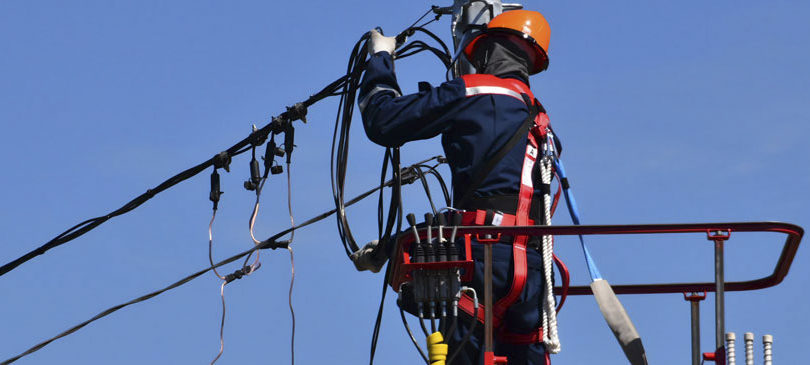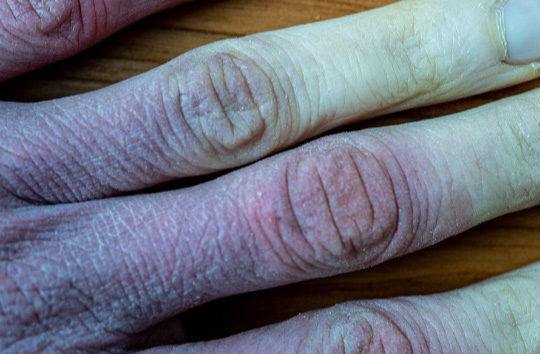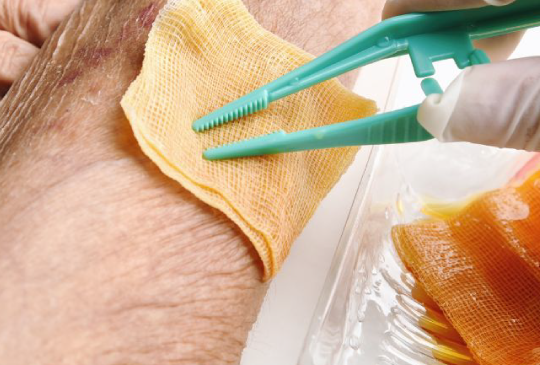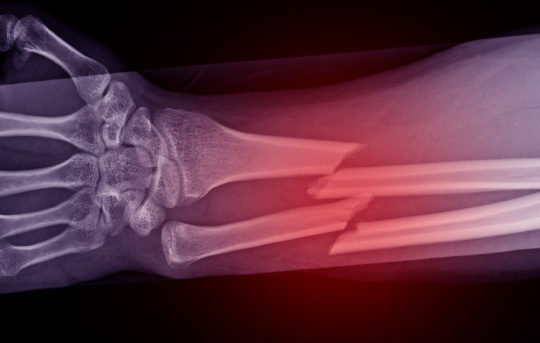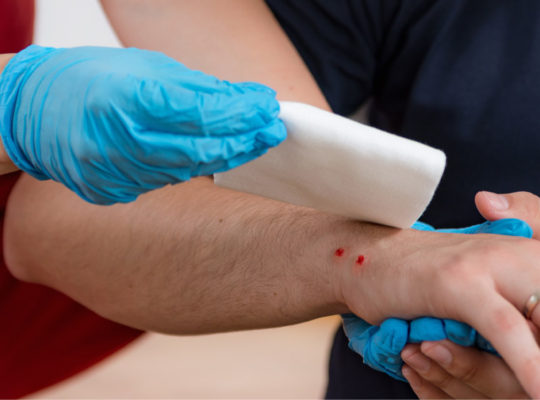Electrocution can happen any time a current passes through the body
A victim of electric shock may suffer from a small zap or in severe cases be as dangerous as cardiac arrest, depending upon the voltage. The most dangerous forms of electrocution are a result of high voltage like electricity from lightning strikes or power lines. These incidents are more common among electricians, linemen, or construction workers. The higher the current’s frequency, the more severe the damage. However, even low voltage shocks can cause injuries. While some professions may pose an increased risk for electrocution, it can happen to anyone, anytime. Keep reading to learn about potential hazards and how to be prepared for electrocution first aid.
There are many ways electric shock can occur on or off the job including but not limited to:
- Frayed cords
- Faulty appliances
- Damaged household wiring or temporary wiring
- Lightning strike
- Downed powerlines
- Blown fuse or overheating power cords
Electric shock can happen to anyone
Electrocution is the sixth leading cause of workplace deaths in the U.S. 400 people are electrocuted at home every year, half of which are fatal.
Act fast and administer first aid for electric shock with these steps:
- First make sure you are safe from electricity. Unplug the appliance or shut off the power with the circuit breaker, fuse box, or switch. Visually examine the scene and victim without touching them in case the electrical current is still present. Be especially careful if liquid is present as it can carry an electrical current.
- Turn off the electricity. If you are unable to disconnect from the power supply, use a nonconductive object like wood or plastic to carefully move the victim away from the current.
- Don’t move the victim as there may be a spinal injury. Watch for irregular heartbeat, seizure, breathing difficulty, or muscle contractions.
- Call 911 and administer first aid as you wait for help to arrive.
- If the person has stopped breathing, perform CPR. Use a CPR mouth shield if available. If you are qualified, use an AED. If the person begins to seize, clear their airway and turn them on their side (recovery position).
- Dress burns or injuries with a non-adhesive burn dressing to prevent further trauma. If the shock caused a fall, there may be a fracture.
- Even if the person appears unharmed or if symptoms subside, electrocution is serious. There can be nerve damage or internal injuries that are difficult to spot. Seek the help of a medical professional in any event of electric shock.
Electrocution can be avoided with proper education and precautions.
Some ways to prevent shock:
- Leave electrical work to the professionals! While doing it yourself may be tempting, electricity is dangerous and faulty wiring can be a hazard to you and others.
- Install safety switches and ground fault circuit interrupters (GFCIs) which automatically turn off when an outlet becomes a hazard.
- Use outlet covers.
- Don’t overload your circuit. Don’t use extension cords for appliances. Major appliances should be plugged into the wall.
- If you are using any extension cords, ensure they are not trapping heat. Make sure they are not running under carpets or doors and have proper ventilation, so they don’t overheat.
- Use light bulbs that are the correct wattage. Using the wrong watt could cause a fire.
- Follow all instructions for your electrical appliances.
Citations:
https://www.verywellhealth.com/electric-shock-causes-effects-and-treatment-options-5209616
https://www.hoffmannworkcomp.com/the-6-most-common-causes-of-electrocution-in-the-workplace/
https://www.news-medical.net/health/Electric-Shock-First-Aid.aspxhttps://www.esfi.org/electrical-safety-while-working-from-home/

